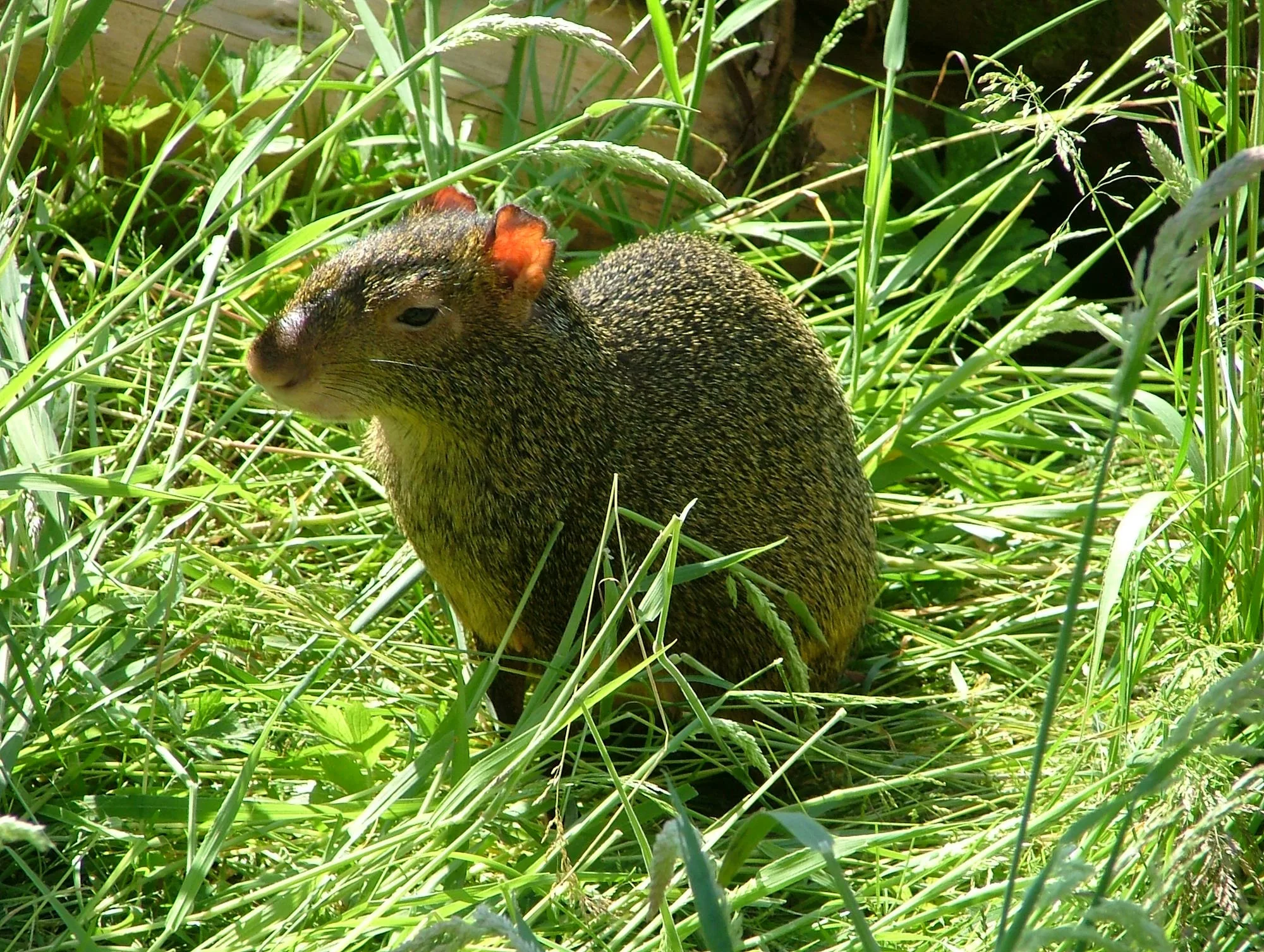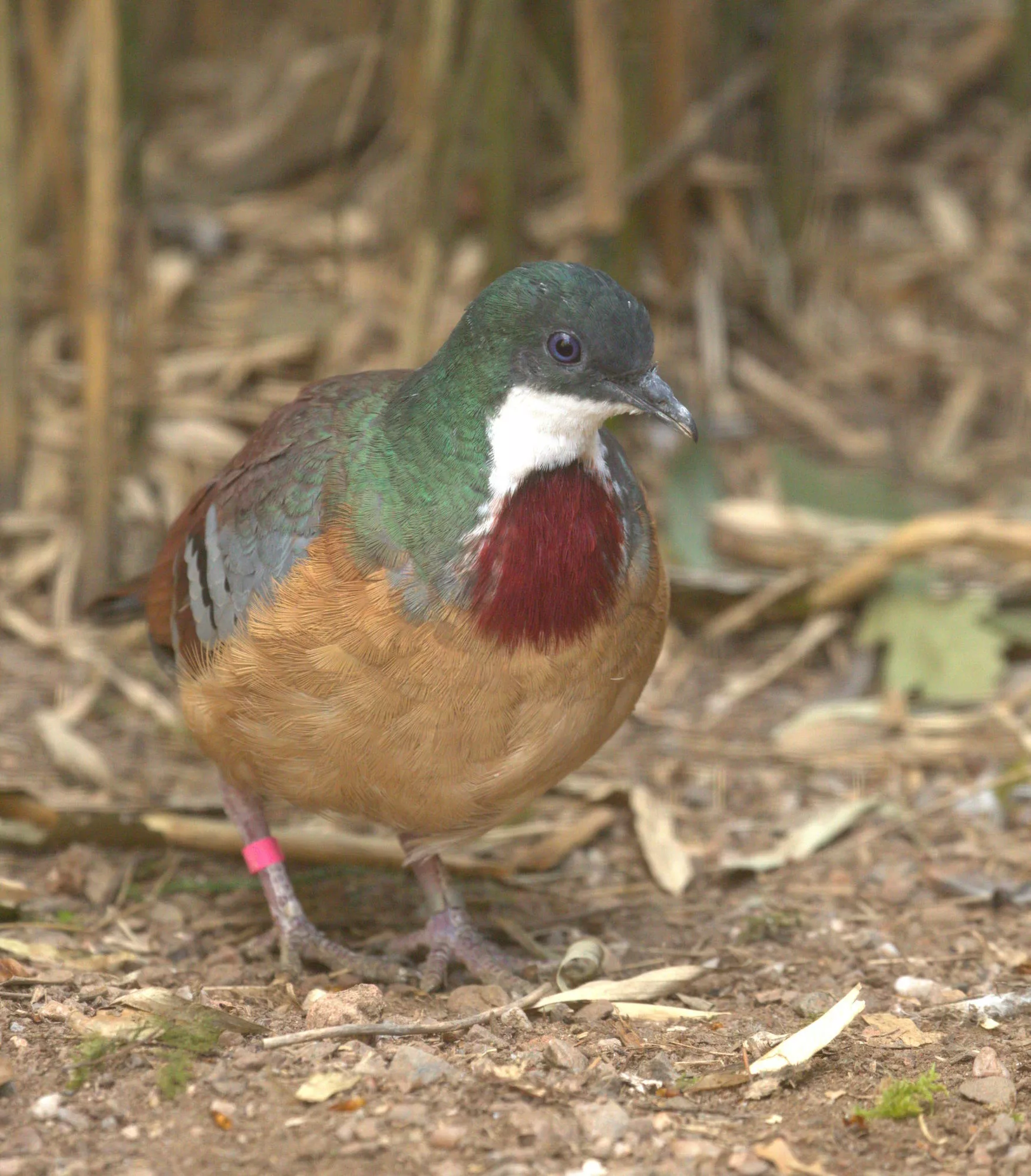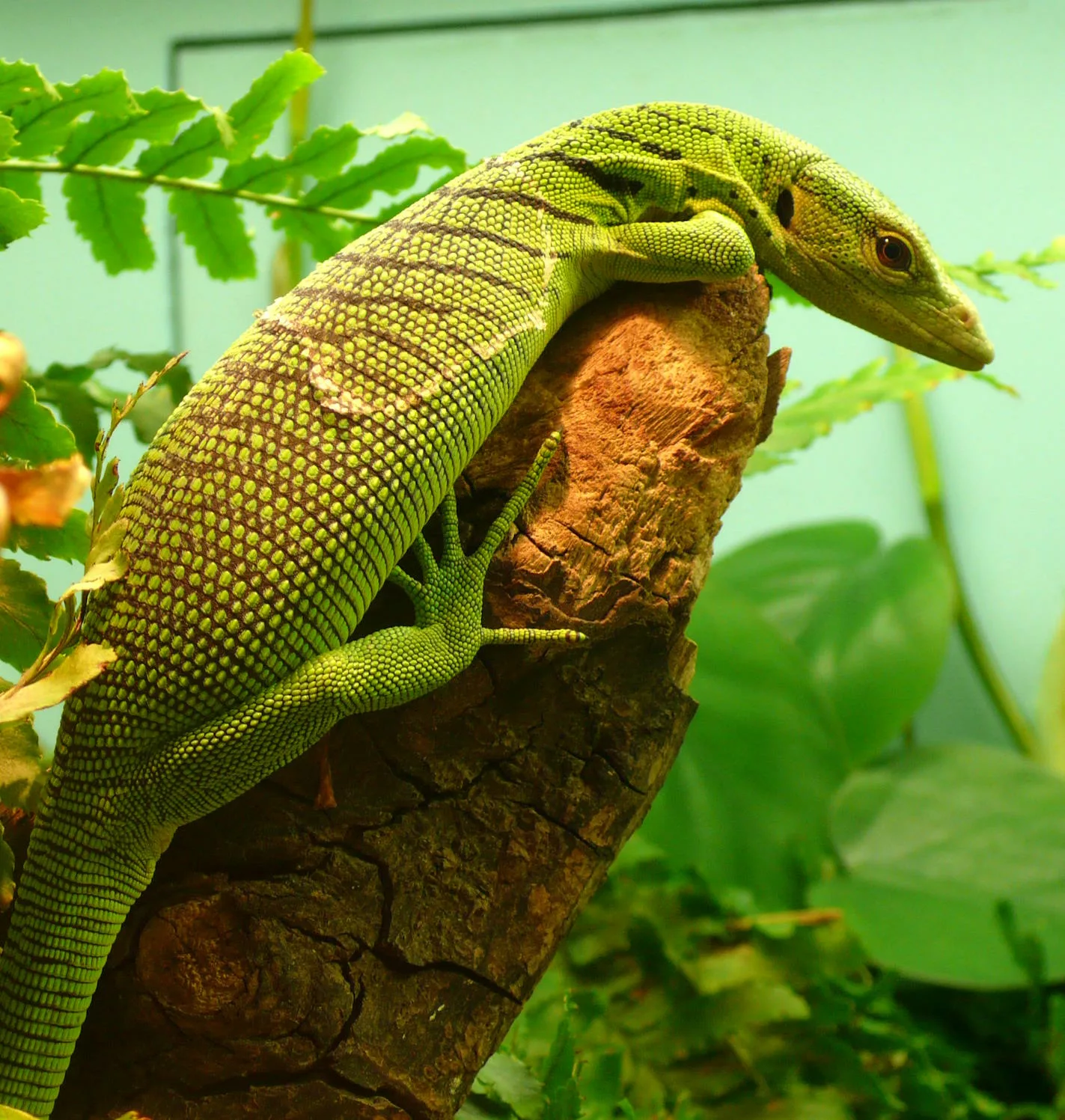
Blue-fronted amazon
Scientific name: Amazona aestiva
IUCN listed as: Near Threatened
Learn before you visit!
Here are some facts about the species – Discover what they eat, find out about their natural habitat, see what they like to do, and more… Set the reading style to suit you too, everyday speak or something aimed towards children.
Child-friendly
Everyday
Diet
Blue-fronted Amazons have a varied diet consisting mainly of fruits, seeds, nuts, and berries found in their natural habitats of forests and woodlands. They also enjoy consuming flowers and buds. In captivity, they are provided with a balanced diet that includes vegetables and pellets to ensure they receive all essential nutrients. These parrots play a crucial role in seed dispersal, which helps maintain the health of the forest ecosystem.
Blue-fronted Amazons like to eat fruits, seeds, nuts, and berries they find in forests. They also enjoy munching on flowers and buds. When they’re pets, they eat vegetables and pellets to stay healthy. These parrots help plants grow by spreading seeds.
Breeding
During the breeding season, Blue-fronted Amazons form strong, monogamous pairs. They typically nest in tree cavities, where the female lays 2 to 4 eggs. Both parents take turns incubating the eggs for about 26 to 28 days until they hatch. After hatching, the parents feed and care for the chicks until they are ready to leave the nest, which usually occurs around 8 to 12 weeks after hatching.
When Blue-fronted Amazons want babies, they find a safe spot in a tree to build a nest together. Mum lays 2 to 4 eggs, and both parents take turns keeping them warm for about 26 to 28 days. Baby birds are fed by their parents until they leave the nest at 8 to 12 weeks old.
Habitat
Blue-fronted Amazons are native to South America, particularly in countries like Brazil, Paraguay, and Bolivia. They inhabit various types of forests, including tropical and subtropical forests, as well as woodland areas. These adaptable birds can also be found in savannas and areas with agricultural crops, as long as suitable trees and food sources are available.
Blue-fronted Amazons come from South America, like Brazil, Paraguay, and Bolivia. They live in forests, woodlands, and sometimes grassy areas near water. These smart birds can live near farms and in cities if there are trees and food.
At the zoo
In zoos, Blue-fronted Amazons are housed in spacious aviaries designed to resemble their natural forest habitats. They are fed a diet similar to their wild diet, including fruits, nuts, seeds, and vegetables. Zoos also participate in breeding programmes to help conserve these parrots and ensure their long-term survival. Enrichment activities, such as puzzle feeders and interactive toys, are provided to keep them mentally and physically stimulated.
In zoos, Blue-fronted Amazons live in big cages that look like forests. They eat fruits, nuts, seeds, and veggies like they do in the wild. Zoos help them have babies and give them toys and puzzles to play with.
Behaviour
Blue-fronted Amazons are social birds that typically form small flocks or pairs. They communicate with each other using a variety of calls, including loud screeches and whistles. These intelligent parrots are known for their playful behaviour, often engaging in activities such as hanging upside down or playing with objects. They are active during the day, foraging for food and exploring their surroundings with curiosity.
Blue-fronted Amazons like being with other birds, in pairs or small groups. They talk with loud calls and whistles. They’re clever and love exploring, flying between trees and looking for food. These parrots are friendly and can be cuddly with people they know.
Fun facts
- Colourful Feathers: Blue-fronted Amazons have bright green feathers with a cool blue spot on their foreheads.
- Great Talkers: They copy sounds, including human speech, and can talk a lot!
- Best Friends Forever: These parrots often stay with the same mate for their whole lives.
- Awesome Flyers: Blue-fronted Amazons are super at flying and can do cool tricks.
- Cute Pets: They can be loving pets and like snuggling with their owners.
- Bright Feathers: Blue-fronted Amazons have bright green feathers with a cool blue spot on their foreheads.
- Top Talkers: They can copy sounds, like human talking, and can chat a lot!
- Best Friends: These parrots usually stay with the same friend for all their lives.
- Flying Pros: Blue-fronted Amazons are amazing flyers and can do cool tricks in the air.
- Friendly Pets: They can be cuddly and love being with their owners.
More animals to discover at our zoo
Quick Links
Tickets & Prices
You can buy tickets for Exmoor Zoo securely online, as well as finding out more price options, discover offers, and more…
What’s on…
Exmoor Zoo hosts incredible Events all through the year. You can find out about what we’ve got in store here…
Routes & info
Like any great discovery, Exmoor Zoo can feel a little off the beaten path – but don’t worry – you can plan your journey with our recommended routes and other useful travel info.



























